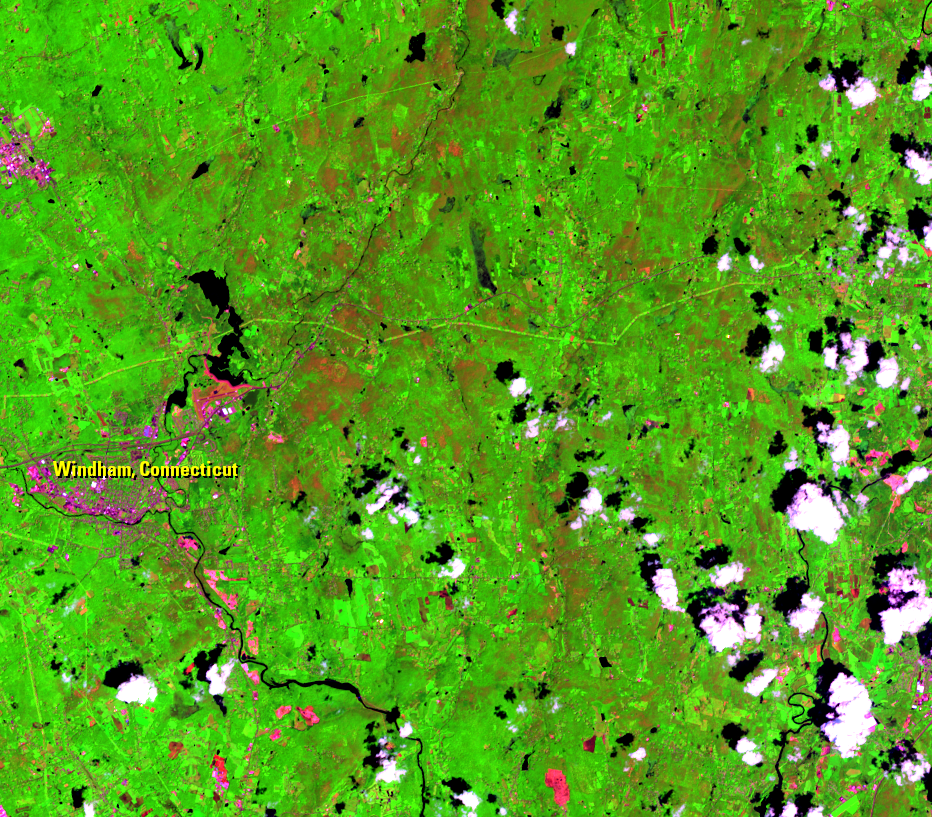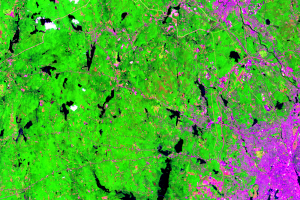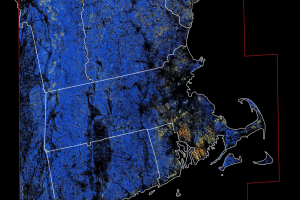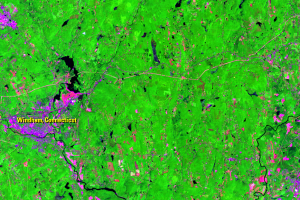The current gypsy moth outbreak is thought to be the result of a series of unusually dry springs in 2014, 2015, and 2016, which suppressed a fungus that keeps the moth population in check. The fungus (known as Entomophaga maimaiga in the scientific world) infects the caterpillars and causes high rates of mortality. However, researchers believe that during this outbreak, low precipitation during key periods in the gypsy moth life cycle resulted in lower amounts of this fungus, so the fungus was not as effective and the moth population was not kept in check.
A healthy tree can survive a defoliation by the caterpillars. It can usually produce new leaves in the same growing season. However, consecutive years of caterpillar attacks can cause tree mortality.









